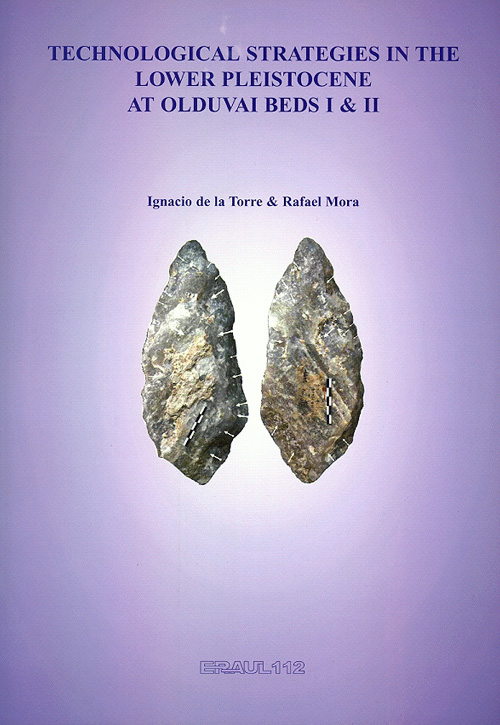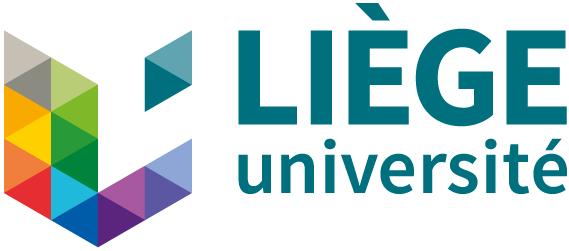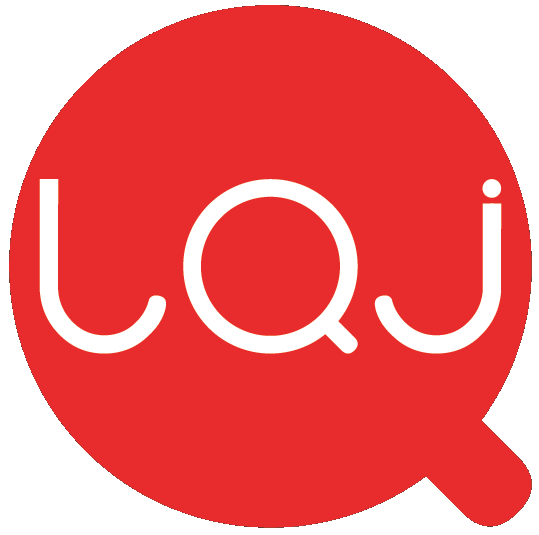Technological strategies in the Lower Pleistocene at Olduvai Beds
36,00 €
par Ignacio DE LA TORRE & Rafael MORA
Abstract
This book envisages an analysis of the lithic collections from several sites Mary Leakey excavated between 1960 and 1963 in Bed I and II at Olduvai (Tanzania), currently stored at the National Museum of Nairobi (Kenya) and previously published in a classic monograph (Leakey 1971).
Nonetheless, we have conceived this study from a standpoint that relates more to aspects concerning technical production than to the typological issues that governed Leakey’s approximation. Furthermore, the Olduvai collections will be contemplated from a contextual prism, bearing in mind a constant concern in reconstructing the processes that formed the archaeological record, aiming to understand the differences or similarities that appear between the different assemblages. This monograph focuses on the analysis of lithic materials. We assume blood cannot be squeezed from stones, paraphrasing the title of one of the articles by Isaac (1977b). Yet, we can reconstruct part of the puzzle concerning human evolution by understanding the technological guidelines and technical patterns in use during the transformation processes, which are, in short, telling of the hominids´ behaviour. A meticulous analysis of the lithic objects can provide valuable information to comprehend their technical abilities, cognitive skills and economic concerns.
Therefore, each lithic object will be studied analytically, attempting to integrate them in the corresponding stage of the chaîne opératoire.
It is essential to keep a distance from the last works that examined the Olduvai sequence (Ludwig 1999; Kimura 1997, 1999, 2002). Therein, artefact categories stand their own ground (in a classically typological conception), and are compared in isolation throughout a chronological sequence. In contrast, we consider that it is essential to analyse each lithic element in connection with others, and each site as a whole, since each assemblage is subjected to specific, exceptional circumstances. Only upon understanding each collection after comparing the different categories it comprises, it is possible to elaborate conclusions that can subsequently be extrapolated and compared to the facts documented in other sites. This work contains constant references to the terms Oldowan and Acheulean. The Oldowan was defined precisely in Olduvai, therefore this location is the perfect setting for the justification of the term. In fact, the term Oldowan has well-defined chronological and cultural connotations, whilst Mode 1 defined by Grahame Clark (1969) has, over recent years, been used without enough precision. The same occurs with the Acheulean, which will predominate herein over the term Mode 2, and which also presents specific technological, chronological and cultural features. One of the key goals this work establishes is precisely to define the attributes that characterise the Oldowan and the Acheulean, and to attempt to understand the technological and cultural connotations this differentiation entails. Therefore it is essential that this dichotomy exists explicitly in our discourse. In the first chapter we will expound some general notions on the historiography of the Olduvai expeditions, the stratigraphy, the radiometric and paleo-ecological framework, the archaeological sequence Leakey defined, and the methodology employed in our re-examination. By doing so, we aim to create a suitable contextual framework in which to develop the technological study. As regards all other matters, the index of this work respects a diachronic structure, starting with the oldest sites in Bed I and moving through the archaeological sequence to the top of Bed II, the chronological limit for our research. After presenting a systematic description of each site in its corresponding chapter, general conclusions that summarise and present a global interpretation of the Olduvai sequence appear at the end of the monograph. Our goal is to combine a systematic study of the lithic reduction methods and chaînes opératoires, with a vaster vision that integrates these technical systems in the general framework of the land-use by hominids. We assume that the manufacturing of any stone tool is the result of a series of technical, economic, social and symbolic options that can be encompassed under the term strategies (Perlès 1992:225). From this general perspective, in this work we will attempt to understand the technological strategies used by the humans that lived in Olduvai during the Lower Pleistocene. (The authors).
Informations complémentaires
| Poids | 1500 g |
|---|---|
| Tomaison | ERAUL 112 |
| Année | 2005 |
| Pages | 255 |



